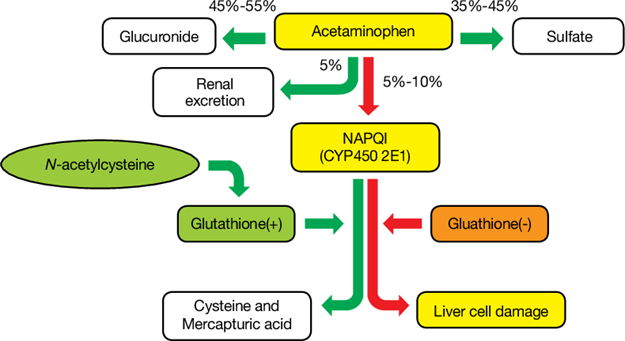A nurse has been administering mucolytic-like Hypertonic Nasal drops to an infant she has been caring for. How can she chart the effectiveness of this medication in her narrative note?
The infant tolerated the instillation of the nose drops without any shortness of breath or fever.
Saline nose drops inserted Infant cried a small amount
The infant tolerated the insertion of saline nose drops well
Saline nose drops were inserted into both nares.
Large random breath respirations 26/minute.
Correct Answer : A,C,D
"The infant's nasal congestion appeared to improve following the administration of hypertonic nasal drops. The infant tolerated the insertion of saline nose drops well, with no signs of distress or adverse reactions. The nasal passages appeared clearer after the instillation, and the infant's breathing appeared less congested. There was no significant increase in respiratory rate or other signs of respiratory distress observed. The intervention seemed to have a positive effect on the infant's nasal congestion."
This statement indicates that the mucolytic medication (hypertonic nasal drops) was administered and had a positive effect on the infant's nasal congestion. It also mentions that the infant tolerated the procedure well without any adverse reactions, such as shortness of breath or fever. The absence of distress or adverse symptoms and the observed improvement in nasal congestion indicate the effectiveness of the medication in the nurse's narrative note. The additional information about the saline nose drops and respiratory rate may not directly address the effectiveness of the mucolytic medication and can be documented separately if necessary.
Nursing Test Bank
Naxlex Comprehensive Predictor Exams
Related Questions
Correct Answer is C
Explanation
Acetaminophen overdose can cause liver damage, and acetylcysteine is used as an antidote to prevent or minimize the liver injury caused by acetaminophen toxicity. Acetylcysteine works by replenishing glutathione, a substance that helps neutralize the toxic byproducts of acetaminophen metabolism in the liver.
It is important to note that acetylcysteine is specifically indicated for acetaminophen overdose and may not be effective or appropriate for overdosage of other drugs, such as ibuprofen, diphenhydramine, or amoxicillin.

Correct Answer is D
Explanation
A. "This pill is probably from a different lot number than yours at home." While lot numbers may vary between different batches of medications, it does not address the client's concern about the difference in appearance. It does not provide a direct explanation or reassurance regarding the medication they are about to take.
B. "This hospital might use a different manufacturer, but the medication is the same." This response acknowledges the possibility of a different manufacturer but does not directly address the client's concern about the difference in appearance. It may not provide sufficient reassurance regarding the medication they are about to receive.
c."This is the medication prescribed by your provider." This does not address the client's concern about the medication's appearance and may dismiss the possibility of an error.
D. "Describe what the pill looks like." This response allows the nurse to gather more information, verify the medication, and ensure that the correct medication is being administered.
Whether you are a student looking to ace your exams or a practicing nurse seeking to enhance your expertise , our nursing education contents will empower you with the confidence and competence to make a difference in the lives of patients and become a respected leader in the healthcare field.
Visit Naxlex, invest in your future and unlock endless possibilities with our unparalleled nursing education contents today
Report Wrong Answer on the Current Question
Do you disagree with the answer? If yes, what is your expected answer? Explain.
Kindly be descriptive with the issue you are facing.
